The North 1790-1860
History
Clermont
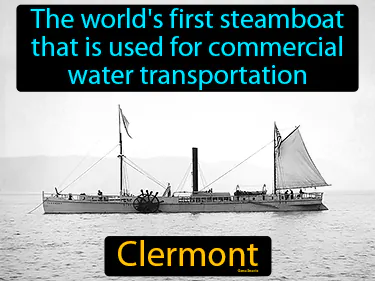
The world's first steamboat that is used for commercial water transportation, Clermont. Clermont is the first successful steamboat built by Robert Fulton that revolutionized water travel in the early 1800s.
Cyrus McCormick
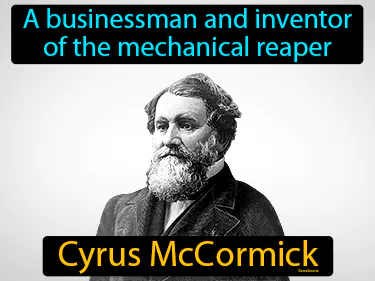
A businessman and inventor of the mechanical reaper. Cyrus McCormick. He revolutionized agriculture in the 19th century by creating a machine that made harvesting crops much more efficient.
Eli Whitney
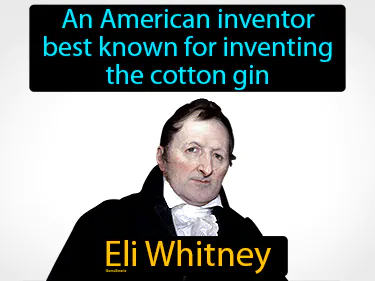
An American inventor best known for inventing the cotton gin. Eli Whitney. He revolutionized the cotton industry and increased demand for slave labor in the South.
Francis C Lowell
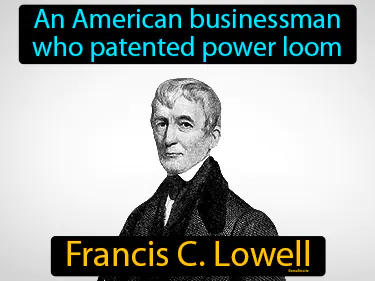
An American businessman who patented power loom, Francis C Lowell. In history, Francis C Lowell is known for revolutionizing the American textile industry by introducing the power loom and the factory system.
Gibbons v Ogden
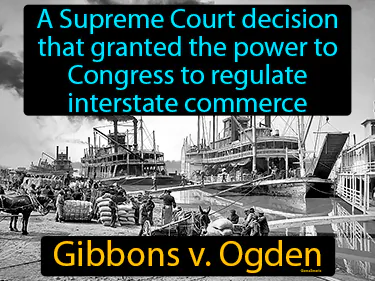
A Supreme Court decision that granted the power to Congress to regulate interstate commerce. Gibbons v. Ogden. Gibbons v. Ogden was a landmark case in 1824 where the Supreme Court ruled that Congress has the authority to regulate interstate commerce, strengthening federal power.
Industrial Revolution
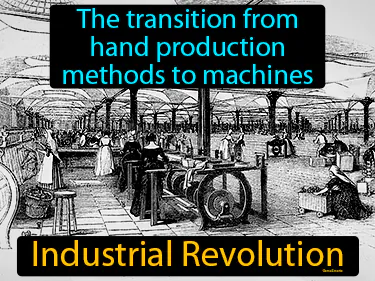
The transition from hand production methods to machines. Industrial Revolution. The Industrial Revolution was a period when machines and factories dramatically changed how goods were produced, shifting society from rural to urban industrial living.
interchangeable parts

A concept of creating identical parts to be mass produced and easily replaced with others, interchangeable parts. Interchangeable parts allowed for efficient manufacturing and repair by using standardized, identical components.
Isaac Singer
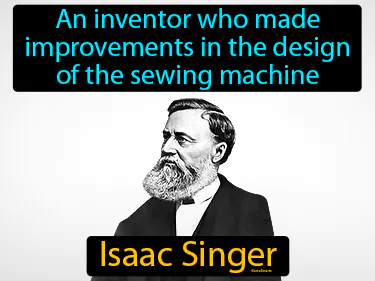
An inventor who made improvements in the design of the sewing machine. Isaac Singer. Isaac Singer was an important figure in history for revolutionizing the sewing machine, making it more practical and accessible for everyday use.
John Deere
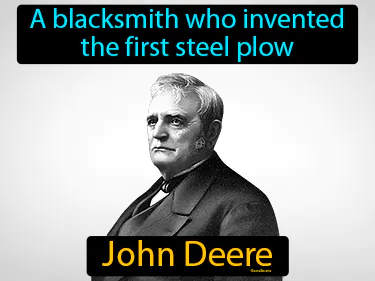
A blacksmith who invented the first steel plow. John Deere. John Deere revolutionized agriculture with his steel plow invention in the 19th century.
Lowell system
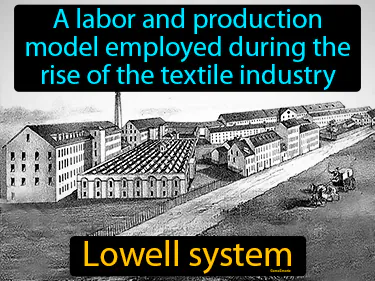
A labor and production model employed during the rise of the textile industry. Lowell system. The Lowell system was a method where young women worked in factories with provided housing and strict schedules, changing the way textiles were produced in the 19th century.
mass production
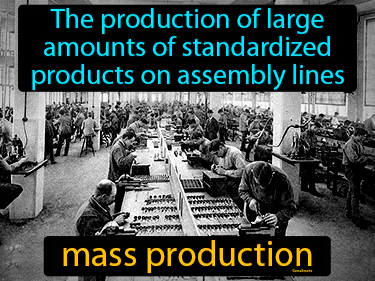
The production of large amounts of standardized products on assembly lines. Mass production. Mass production is a manufacturing process where goods are made in large quantities using standardized designs and assembly lines, revolutionizing industry during the Industrial Revolution.
Morse code

A type of code that is used to send telegraphic information using rhythm. Morse code. Morse code is a system of dots and dashes developed in the 1830s to communicate messages over long distances through telegraph machines.
Peter Cooper
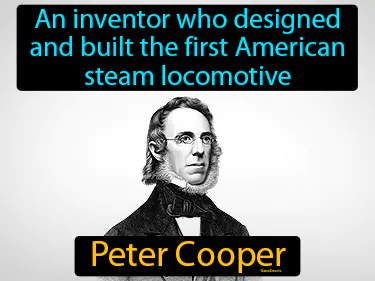
An inventor who designed and built the first American steam locomotive, Peter Cooper. Peter Cooper was a pioneering American inventor whose work contributed to the development of rail transportation in the United States.
Rhode Island system
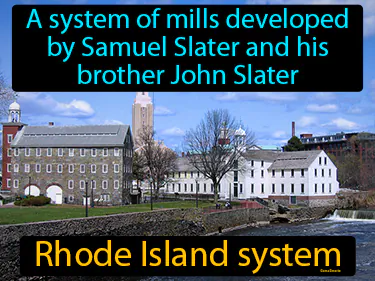
A system of mills developed by Samuel Slater and his brother John Slater. Rhode Island system. The Rhode Island system was an early American factory system that used families as labor units in textile mills.
Richard Arkwright
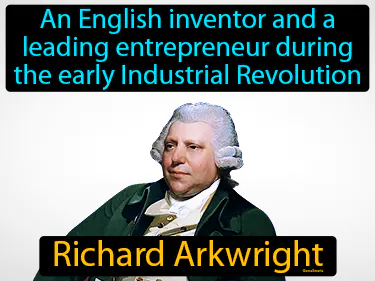
An English inventor and a leading entrepreneur during the early Industrial Revolution. Richard Arkwright. He is known for inventing the spinning frame, which revolutionized the textile industry.
Robert Fulton
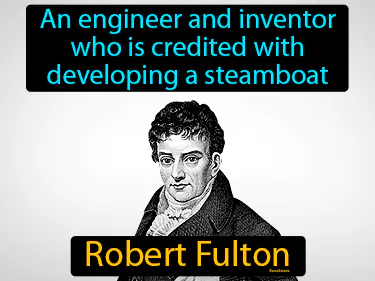
An engineer and inventor who is credited with developing a steamboat. Robert Fulton. He was a pioneering figure in the development of steam-powered transportation.
Samuel F B Morse
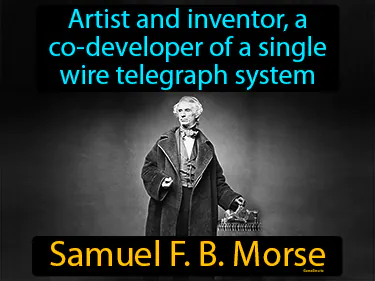
Artist and inventor, a co-developer of a single wire telegraph system. Samuel F B Morse. Samuel F B Morse invented the telegraph, which revolutionized long-distance communication in the 1800s.
Samuel Slater
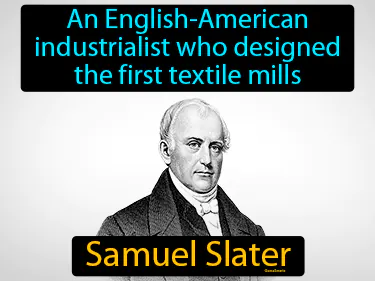
An English-American industrialist who designed the first textile mills. Samuel Slater. He is known as the "Father of the American Industrial Revolution" for bringing British textile technology to America.
Sarah G Bagley
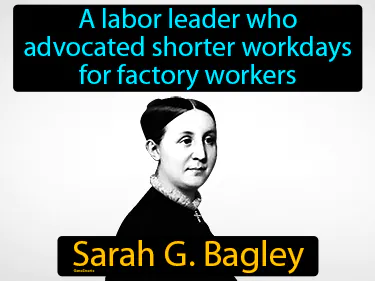
A labor leader who advocated shorter workdays for factory workers, Sarah G. Bagley. She was a pioneering labor rights activist in the 19th century who fought for improved working conditions.
strike
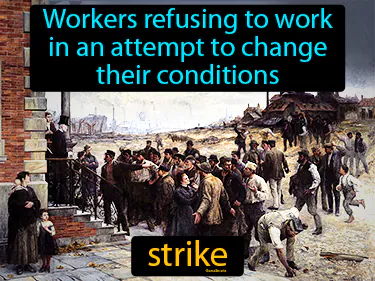
Workers refusing to work in an attempt to change their conditions. Strike. In history, a strike is when workers stop working to demand better wages, hours, or conditions.
telegraph

A device for transmitting and receiving messages over long distances, i.e., for telegraphy. Telegraph. The telegraph is an early communication system that used electrical signals to send messages across wires.
textile

A manufactured material that is made by weaving or knitting fibres together. Textile. In history, textiles were among the first products to be traded globally, showcasing human creativity and commerce.
trade union
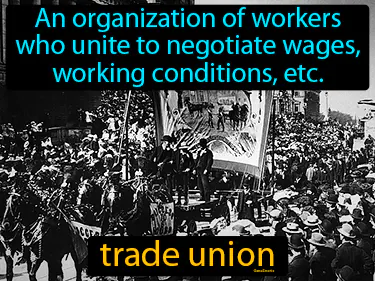
An organization of workers who unite to negotiate wages, working conditions, etc.. trade union. A trade union is a group formed by workers to collectively improve their employment terms and protect their rights.
Transportation Revolution
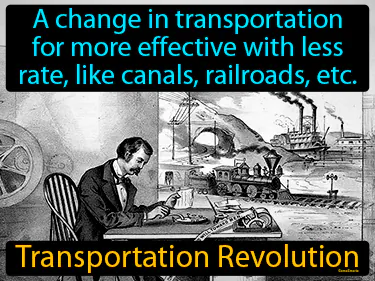
A change in transportation for more effective with less rate, like canals, railroads, etc. Transportation Revolution. The Transportation Revolution was a period in history when new transportation systems like canals and railroads dramatically improved the movement of goods and people.

